French fries might seem simple, but everything you think you know about them could be totally wrong. From their true birthplace to how they’re made, these beloved spuds are wrapped in more myths than ketchup packets at a drive-thru. Some of these false facts sound so believable, you’ve probably repeated them without question. But it’s time to set the record straight. Whether you like them crinkled, curly, or classic, here are 12 false facts about French fries you’ve definitely heard before—and the surprising truths that might just change how you see your next side of fries.
1. White Potatoes Are The Only Option
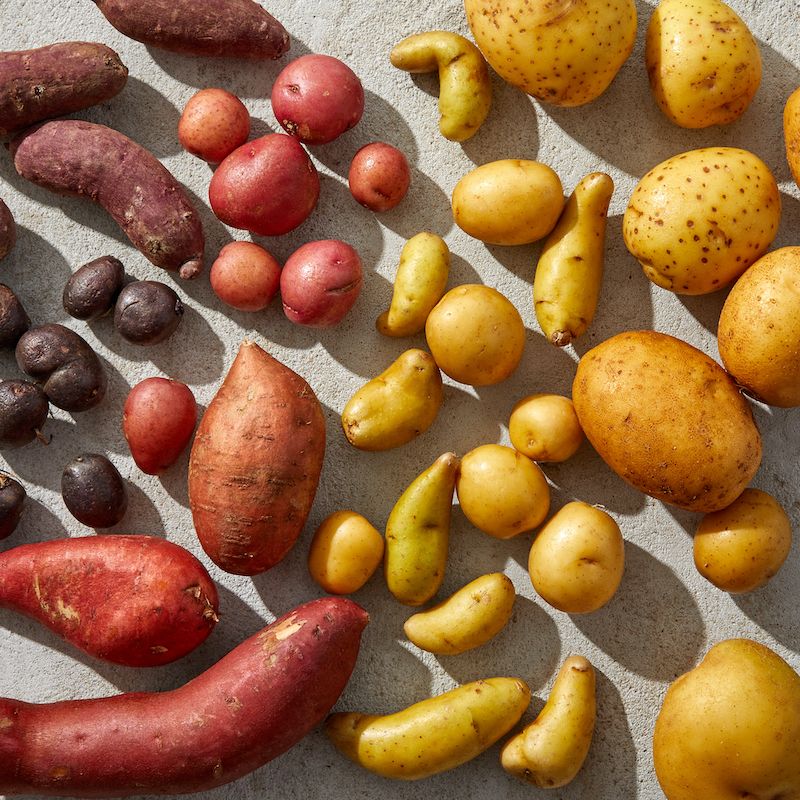
The world of french fries extends far beyond the classic russet potato. Sweet potatoes offer a vitamin-rich alternative with their orange flesh and naturally sweet flavor profile. Some restaurants and home cooks experiment with purple potatoes that contain beneficial antioxidants and create visually stunning fries.
Yukon golds deliver a buttery interior when fried, while fingerling potatoes make adorable mini-fries with distinctive flavors. Each variety brings its own unique taste, texture, and nutritional benefits to the table.
Next time someone claims all fries must be white, remind them that potatoes come in a rainbow of options, each delivering its own french fry experience.
2. They Actually Originated In France

Despite their name suggesting Parisian roots, french fries likely originated in Belgium, not France. Historical evidence points to Belgians frying potatoes as early as the late 1600s. Local lore suggests that when rivers froze during cold winters, villagers who typically fried fish turned to slicing and frying potatoes instead.
American soldiers during World War I encountered these fried potatoes in Belgium but named them “french fries” because French was the dominant language in southern Belgium where they were stationed.
Belgium takes this food heritage seriously – the country even petitioned UNESCO to recognize their fry culture as an official cultural treasure!
3. Salt Is Their Only Seasoning
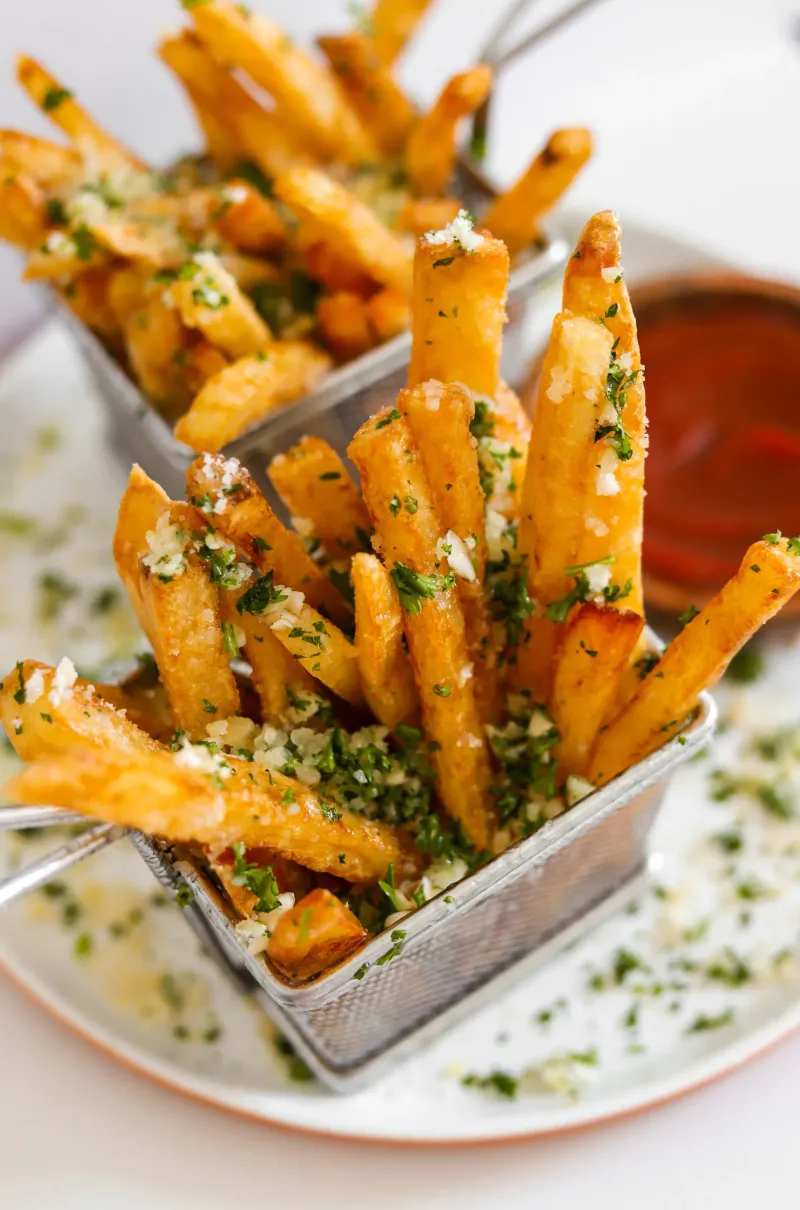
Plain salted fries barely scratch the surface of seasoning possibilities. Around the world, fries take on countless flavor profiles – from Japanese seaweed-dusted fries to Greek fries sprinkled with oregano and feta. Some restaurants coat their fries with garlic, herbs, or even cinnamon sugar for dessert versions.
Cajun seasoning creates spicy fries with complex flavor layers, while truffle oil and parmesan elevate fries to gourmet status. In South America, chimichurri or aji spices transform ordinary fries into vibrant culinary experiences.
Seasonings aren’t just toppings either – many restaurants infuse the cooking oil itself with herbs or spices for deeper flavor integration.
4. Fast Food Chains Invented Them
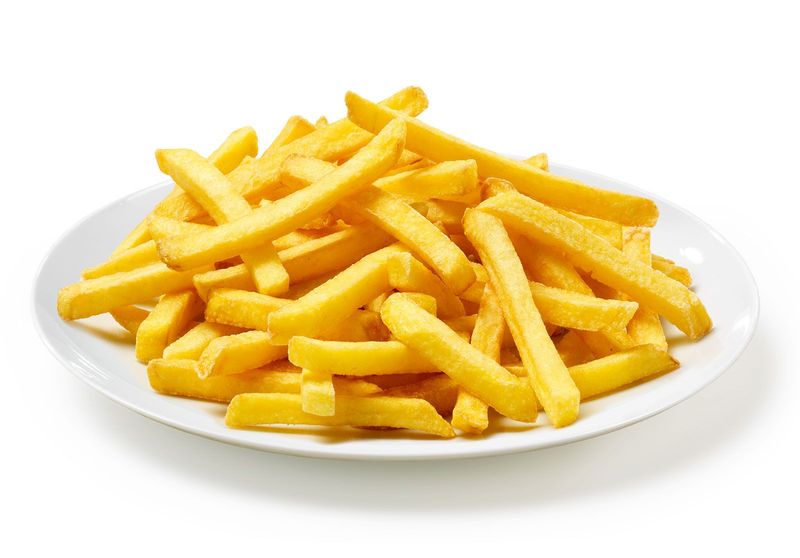
French fries have a much longer history than modern fast food establishments. Historical records indicate fried potato strips were popular in Europe as early as the late 1700s, over 150 years before the golden arches appeared. Thomas Jefferson even served “potatoes fried in the French manner” at a White House dinner in 1802.
Street vendors in Paris and Belgium sold fries from carts long before drive-thrus existed. The classic technique of double-frying potatoes was standard practice generations before fast food standardized the process.
What fast food chains actually did was popularize and industrialize french fries, making them consistently available rather than inventing them.
5. All Fry Cuts Taste Identical
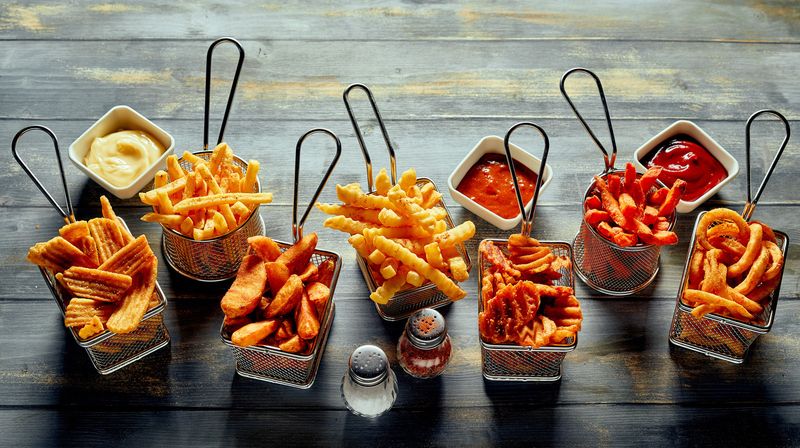
The shape of your fries dramatically impacts your eating experience! Shoestring fries crisp up almost completely, offering maximum crunch but minimal potato flavor. Steak fries, with their thick wedge shape, provide a fluffy interior surrounded by a thin crispy shell – essentially mini baked potatoes.
Waffle fries create pockets that trap sauces perfectly, while curly fries offer varying thickness throughout, delivering multiple textures in each bite. The classic fast-food cut balances the crispy-to-soft ratio for broad appeal.
Beyond texture, the cut affects cooking time, oil absorption, and seasoning distribution. That’s why fry enthusiasts often have strong preferences about their favorite shape!
6. They’re Always A Side Dish
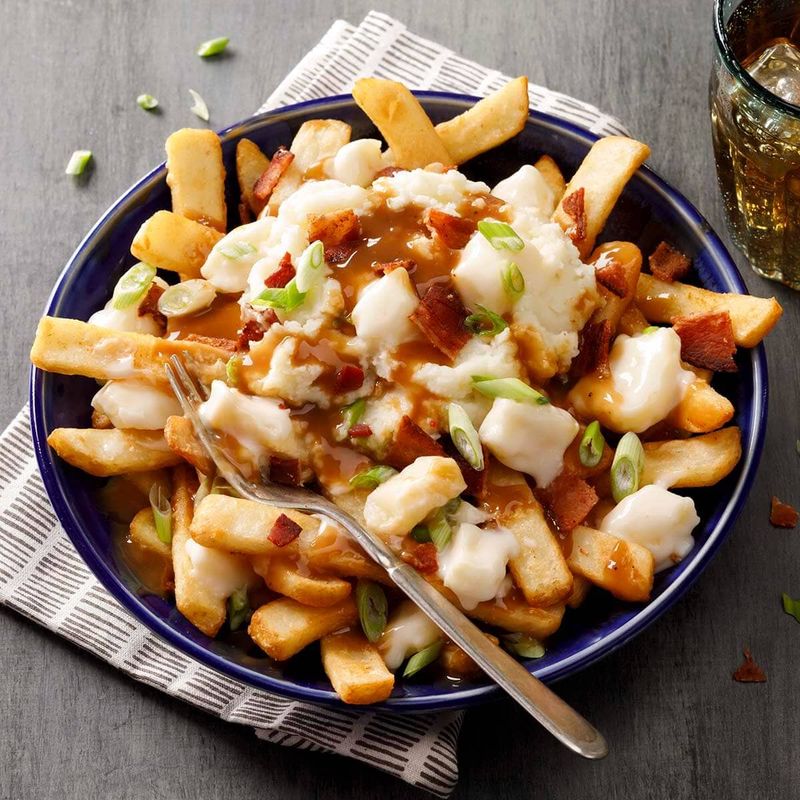
French fries frequently take center stage as main courses around the world. Canadian poutine smothers fries with cheese curds and gravy, creating a hearty meal enjoyed in restaurants and pubs. The UK’s chips and curry sauce transforms fries into a satisfying late-night dinner.
Dutch kapsalon piles fries with shawarma meat, cheese, and vegetables for a complete meal in one dish. Chili cheese fries in America pack enough protein and calories to serve as a standalone lunch or dinner option.
Even high-end restaurants feature loaded fry dishes as entrées, topped with ingredients like pulled pork, lobster, or gourmet cheeses – proving these potato sticks have evolved far beyond their side dish origins.
7. Oil Frying Is The Only Method
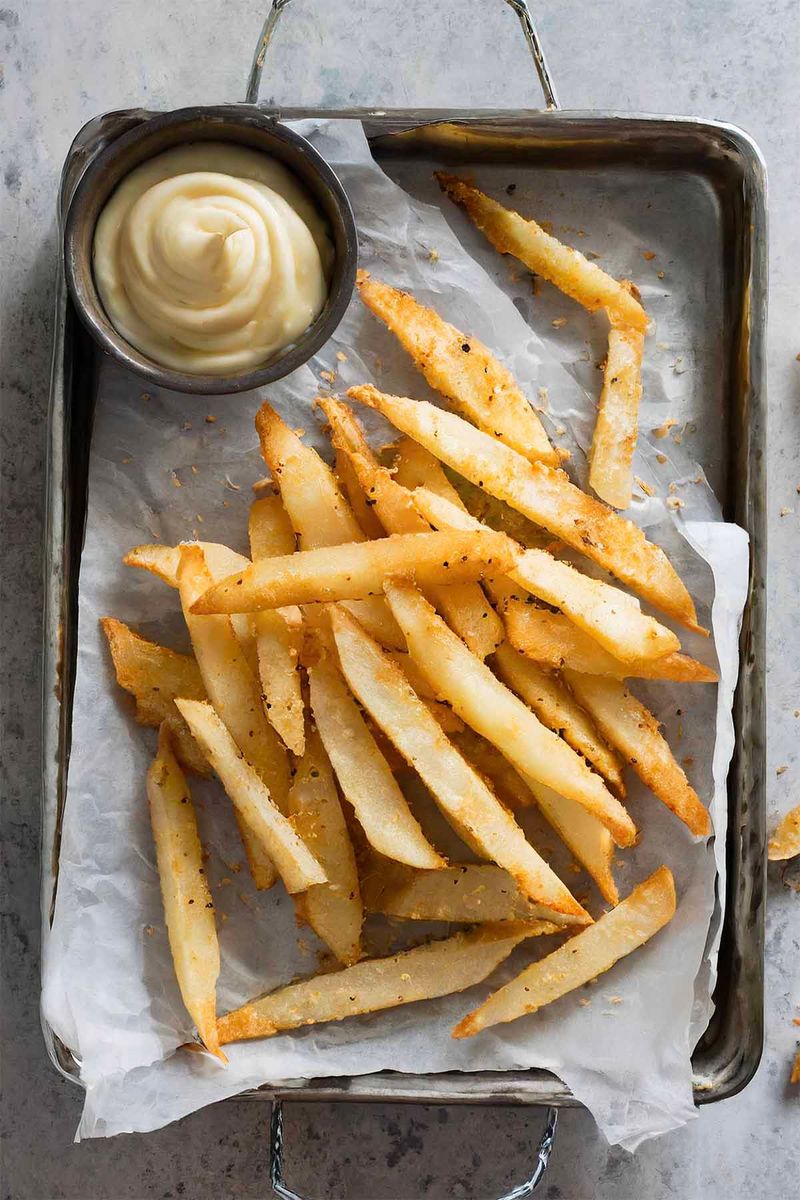
Oil isn’t the only path to delicious french fries! Air fryers circulate super-heated air to create crispy exteriors with minimal oil – just a light spray can yield remarkably crunchy results. Oven-baked fries skip the oil bath entirely, relying instead on high heat to develop a satisfying texture.
Grilled fries pick up smoky flavors that traditional frying can’t match. Some health-conscious cooks even use pressure cookers to par-cook potatoes before finishing them with minimal oil for a crispy exterior.
Modern techniques like sous vide followed by quick frying reduce oil absorption while maintaining perfect texture. Each alternative method offers unique advantages in flavor, texture, or nutritional profile for fry enthusiasts.
8. Homemade Fries Are Too Complicated
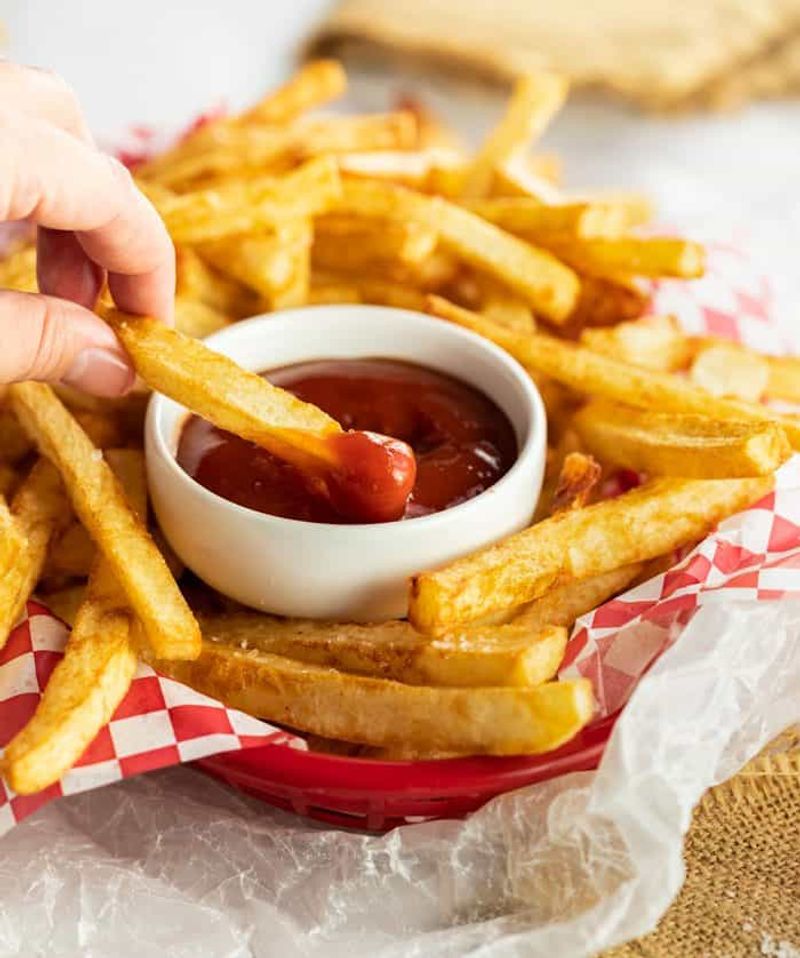
Making fantastic fries at home requires no special equipment or culinary degree. The simplest method involves cutting potatoes, tossing them with a bit of oil and seasonings, then baking them until golden. An air fryer makes the process even more foolproof – just shake the basket occasionally for even cooking.
The secret to crispy homemade fries? Soaking cut potatoes in cold water removes excess starch. Pat them dry before cooking and you’ll get restaurant-quality results. Even the traditional double-fry method is straightforward: fry once at lower temperature, rest, then finish at high heat.
With basic kitchen tools and ingredients you already have, perfect fries are within everyone’s reach!
9. Ketchup Is Their Universal Partner
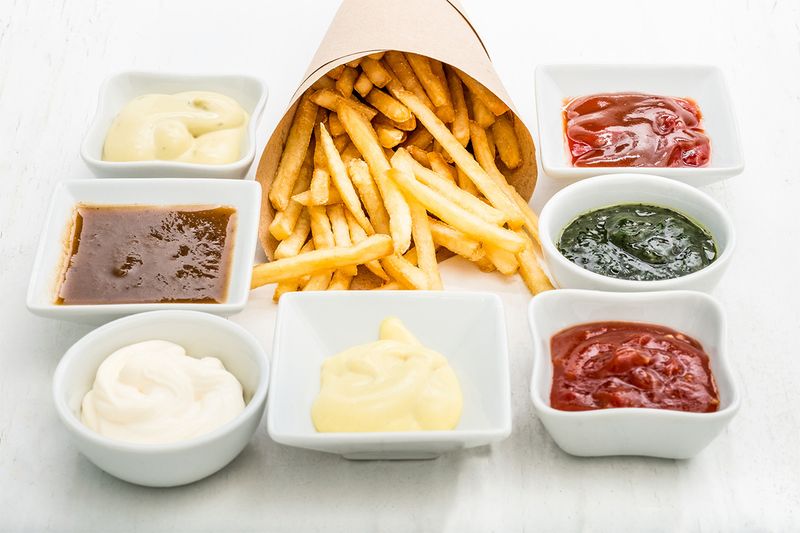
Ketchup might reign supreme in America, but globally, french fries enjoy diverse companionship. In Belgium, where fries originated, mayonnaise is the condiment of choice – often served from specialized fry stands called friteries. The Dutch prefer a peanut sauce called satay sauce, while Brits traditionally pair their chips with malt vinegar.
Throughout Europe, garlic aioli offers a sophisticated alternative. Canada’s famous poutine bathes fries in gravy and cheese curds, while parts of the Middle East serve fries with tahini.
Even within the US, regional variations exist – from chili and cheese in the Midwest to Old Bay seasoning and vinegar along the East Coast. The fry-ketchup monopoly is purely a myth!
10. All French Fries Are Unhealthy
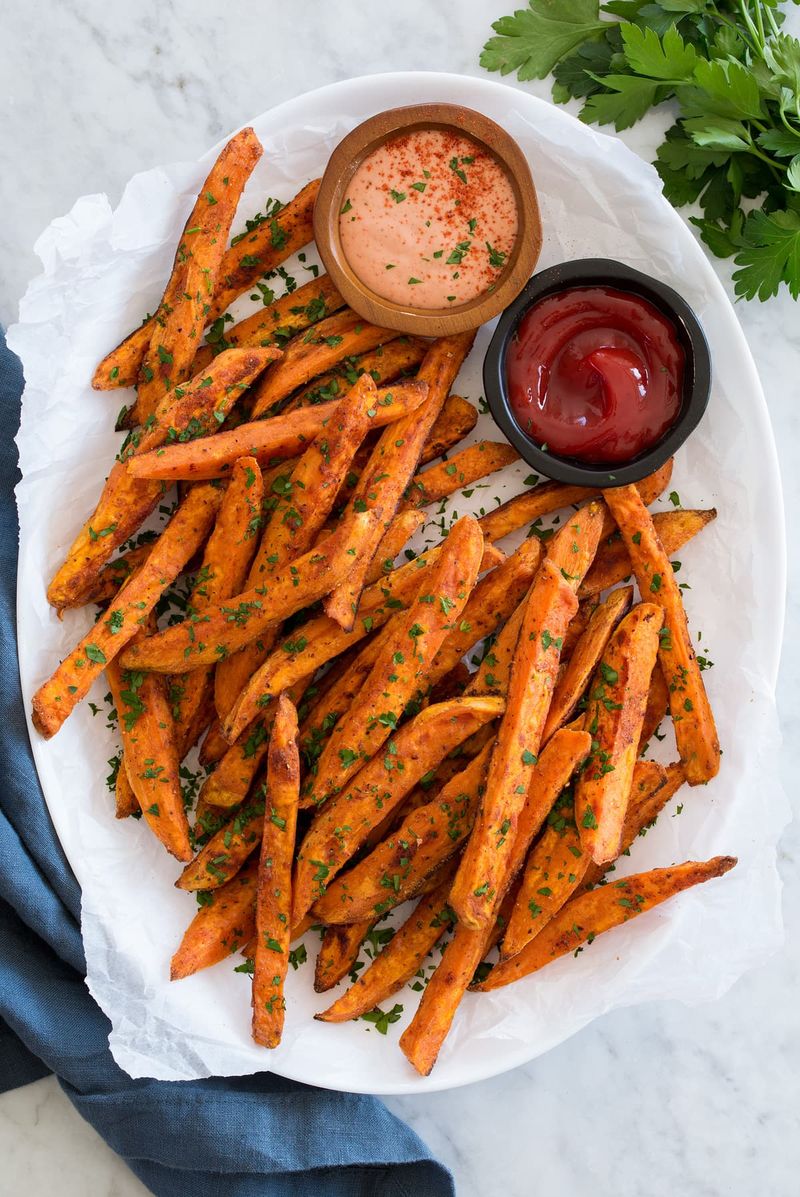
Not all french fries deserve their unhealthy reputation. Preparation method significantly impacts nutritional content – air-fried or oven-baked versions contain substantially less fat than their deep-fried counterparts. Using heart-healthy oils like olive or avocado oil instead of traditional vegetable oil adds beneficial fats.
Sweet potato fries contain more vitamins A and C than regular varieties. Leaving the skin on adds fiber and nutrients, while limiting salt and heavy toppings keeps sodium and calories in check.
Portion control matters too – a small serving of fries alongside vegetables and lean protein can fit into balanced eating plans. Like most foods, fries can be part of a healthy diet when prepared thoughtfully and enjoyed in moderation.
11. French Fries Are Always Vegan
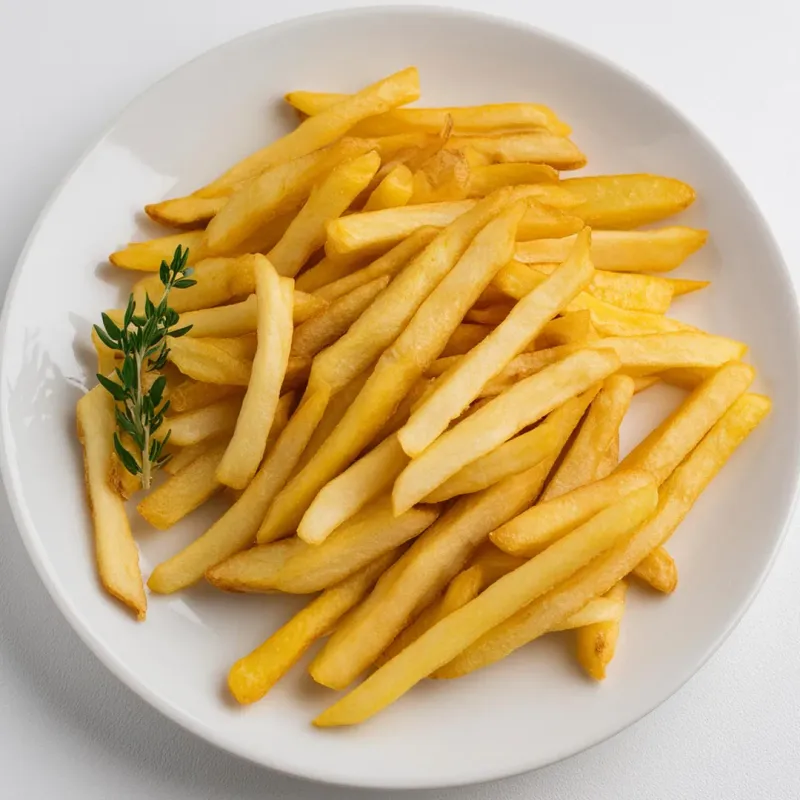
The vegan status of french fries is surprisingly complicated. While potatoes are plant-based, many restaurants fry them in beef tallow or duck fat for enhanced flavor. McDonald’s famously used beef flavoring in their fries for years, shocking vegetarians who assumed they were plant-based.
Even fries cooked in vegetable oil may share fryers with animal products, creating cross-contamination. Some restaurants add milk ingredients to their fry batters or coatings for extra crispiness.
Frozen fries often contain hidden animal-derived additives like milk solids or beef flavoring. Vegans and vegetarians should always ask about preparation methods and ingredients before assuming fries are suitable for their diets.
12. They’re Naturally Gluten-Free
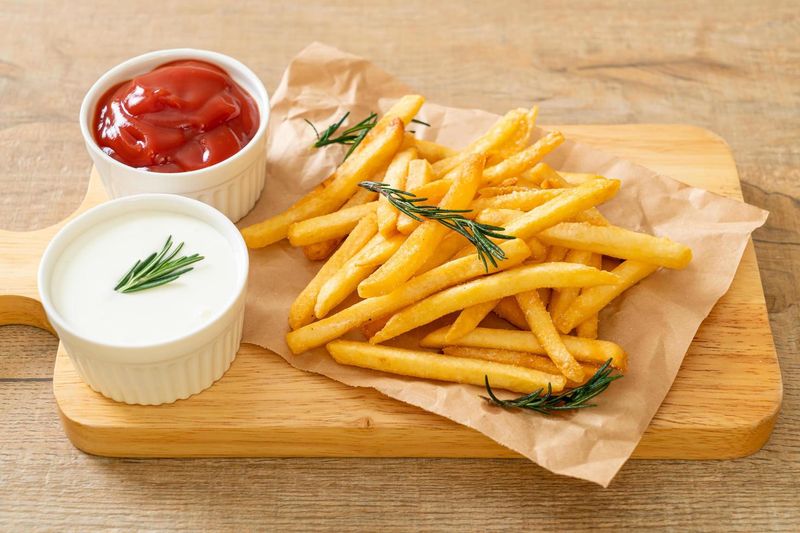
Raw potatoes contain no gluten, but the journey from potato to french fry introduces multiple contamination risks. Many restaurants dust potatoes with flour before frying to enhance crispiness, immediately making them unsafe for those with celiac disease.
Cross-contamination poses another serious concern. Fries often share fryers with breaded, gluten-containing items like chicken nuggets or onion rings. The oil becomes contaminated with gluten particles that transfer to the fries.
Some frozen fry brands add wheat-derived starches or flavor enhancers containing gluten. Even seasoning blends might include gluten as a binding agent. People with gluten sensitivities should always verify preparation methods and ingredients rather than assuming fries are safe based on their potato origin.
Leave a comment